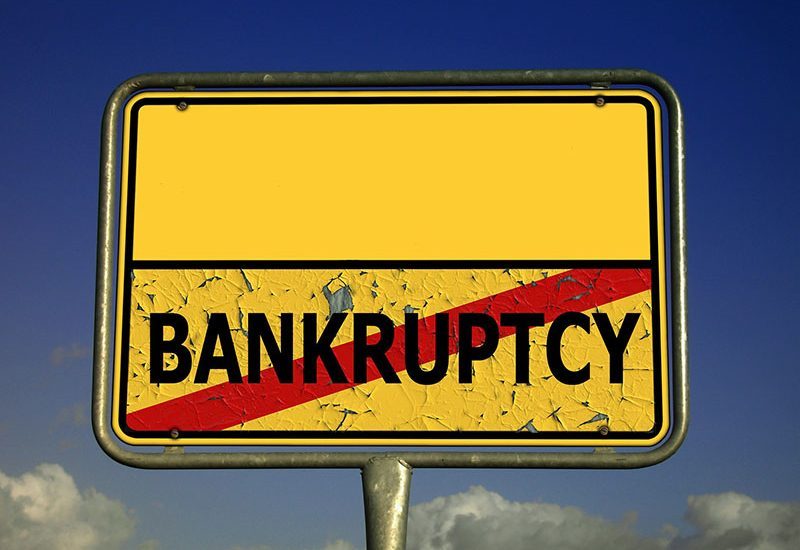In March 2020, the federal government introduced a series of temporary changes to bankruptcy law to help those struggling during COVID-19. These changes – except for the bankruptcy threshold – have now reverted back to what they were before. Here we provide a quick reminder of those temporary changes and the current situation.
The temporary measures were initially scheduled to cease on September 24 last year, but were extended until December 31, 2020. They included:
- The debt threshold for creditors to apply for a Bankruptcy Notice against a debtor increased from $5000 to $20,000.
- The timeframe for a debtor to respond to a Bankruptcy Notice before a creditor could commence bankruptcy proceedings increased from 21 days to up to six months.
- The temporary protection period available for debtors to prevent recovery action by unsecured creditors increased from 21 days to six months.
From January 1 this year, the measures returned to what they previously were. That is:
- The amount of time an individual has to respond to a bankruptcy notice is 21 days, down from six months
- Temporary debt protection allows for 21 days’ relief from creditors, instead of six months
However, an amendment was made to adjust the bankruptcy threshold, so now the minimum amount of debt that can trigger bankruptcy is $10,000, down from $20,000, but up from its previous $5000 threshold pre-COVID.

The new threshold of $10,000 is designed to provide those facing financial difficulties with continued relief. Jirsch Sutherland Partner and Bankruptcy Trustee Stewart Free says regardless of the changes, “ignoring your financial situation is not advisable”.
“People should note the current situation around bankruptcy measures to ensure they’re up to date with what’s required,” he says. “While there was more leeway given last year to those struggling financially, most of the temporary measures have ceased.”
Free says whatever your situation, it’s always preferable to have a permanent solution to money issues. “Australia’s insolvency laws are designed to provide a legal framework to alleviate debt. Your finances are simply numbers on a page – and while those numbers don’t always tell a nice story, it’s not worth the strain it places on your health, your relationships, or your mental wellbeing.”
In the meantime, the federal government continues to consider reducing the existing bankruptcy exclusion period from three years to one as a way to relax bankruptcy laws to help people and small businesses get back on their feet more quickly.
Personal insolvencies continue to fall
Meanwhile, statistics show that the number of people entering into personal insolvency continues to fall. The Australian Financial Security Authority’s (AFSA) fortnightly statistics found that for the period between May 31 and June 13, the number of new personal insolvencies fell to 376, compared to 451 between May 17 and May 30. This is much lower than the average number of those who entered into a personal insolvency per fortnight between July 1, 2019 and March 22, 2020, which was 844.
The most common industries those entering into insolvency worked in were accommodation and food services, administrative and support services, and transport, postal and warehousing. Of this number, 100 were involved in a business, mostly in construction, accommodation and food services, and transport, postal and warehousing.
AFSA has also released its regional personal insolvency statistics for the March 2021 quarter, which showed 61.1 per cent of all new personal insolvencies were in capital cities – a 0.9 percentage point rise compared to the previous quarter. New personal insolvencies for capital cities were up 7.2 per cent except Greater Hobart, while outside of capital cities they rose 3.4 per cent.











